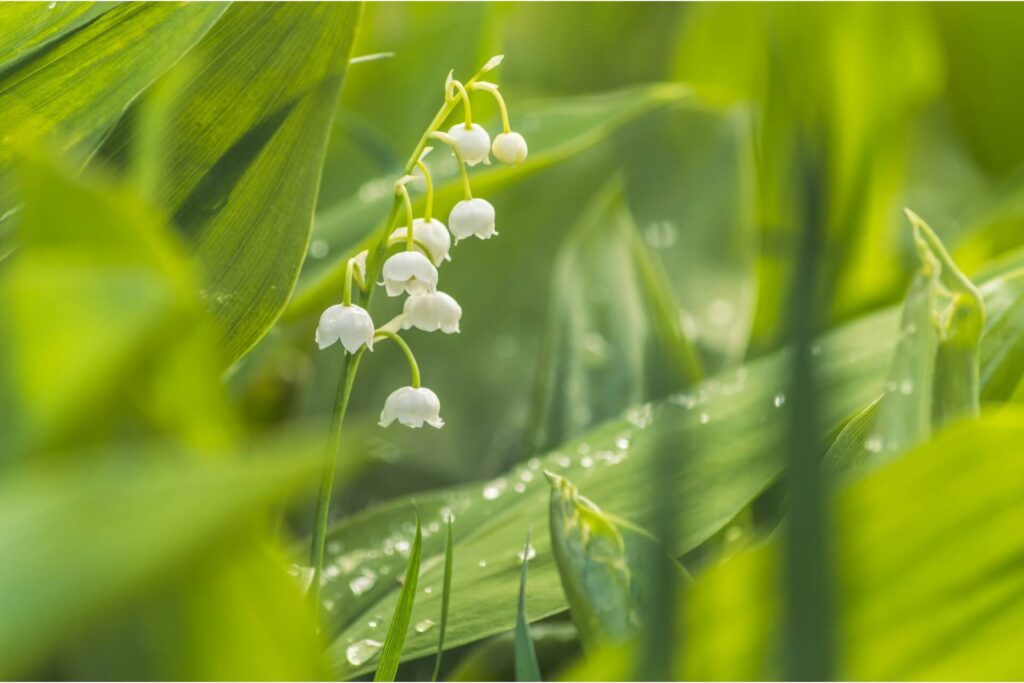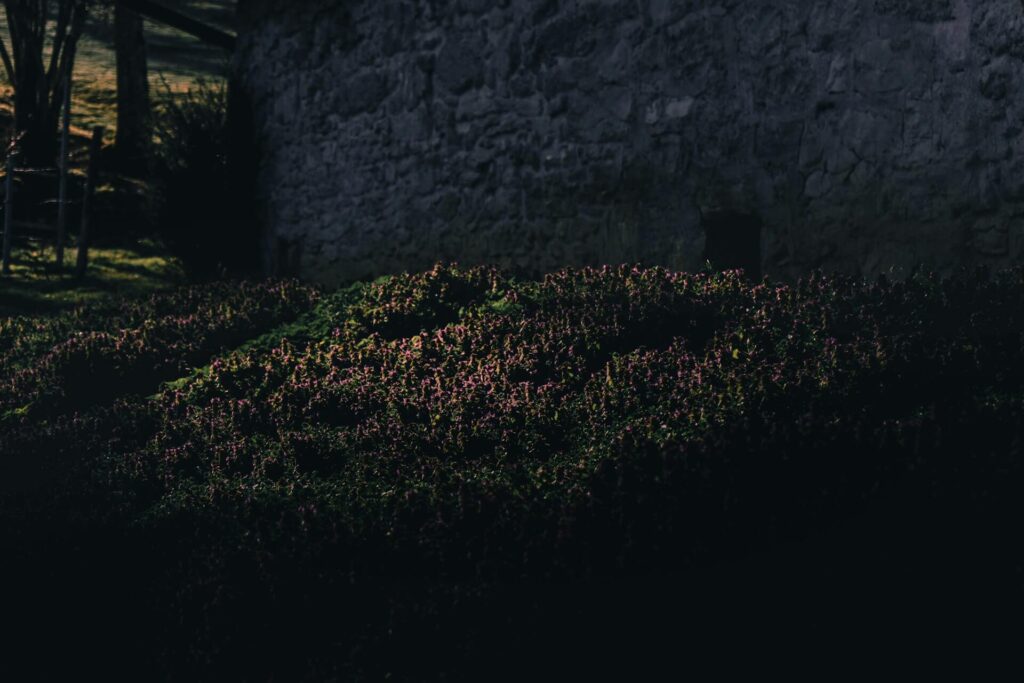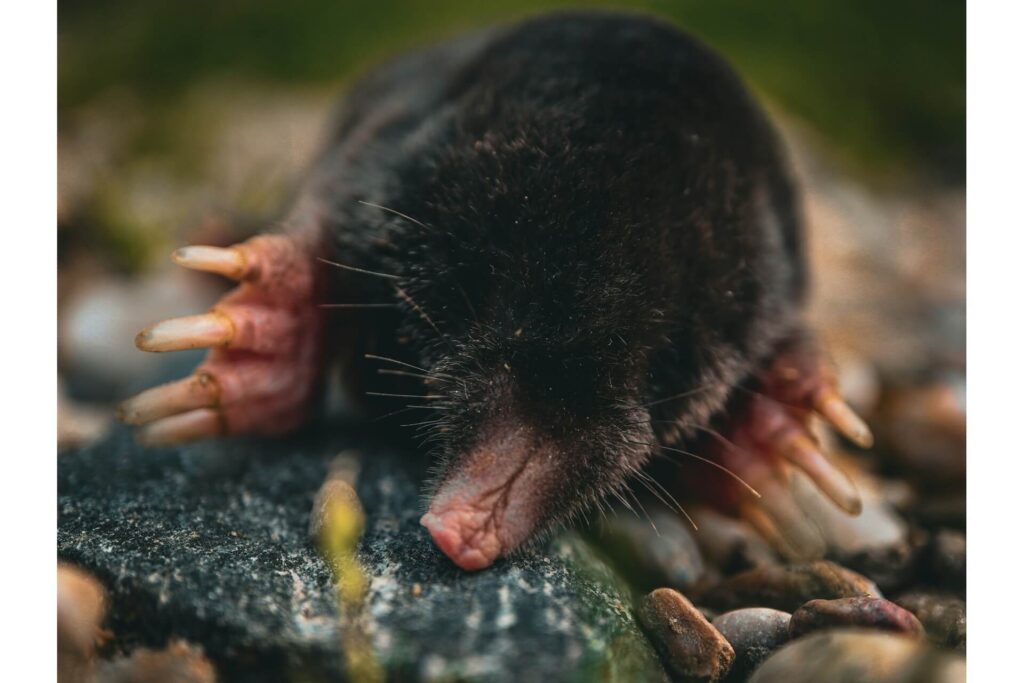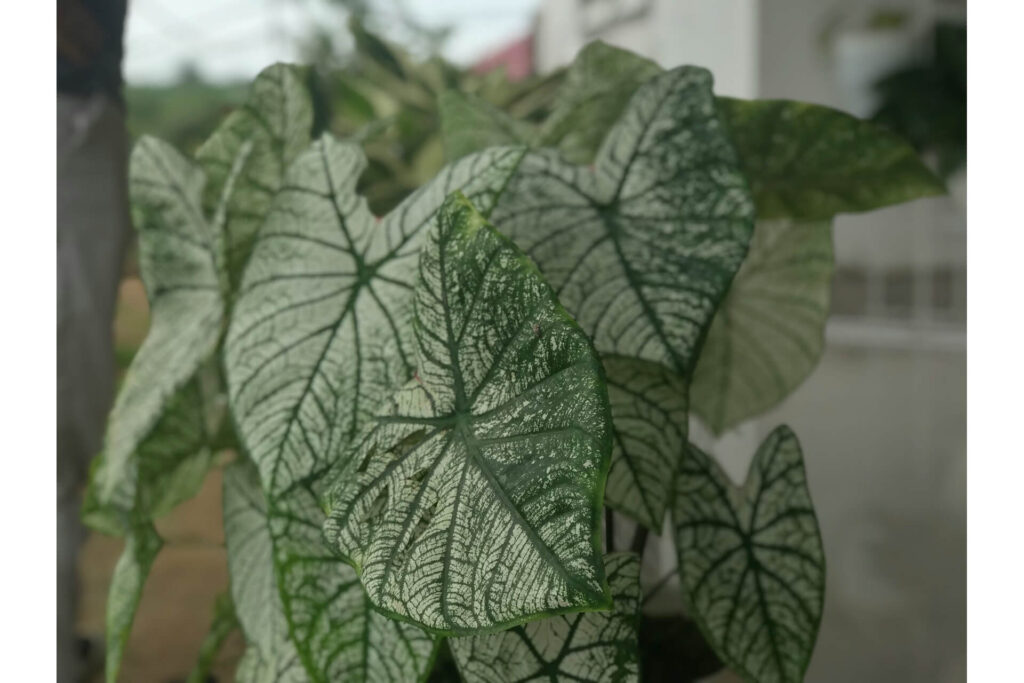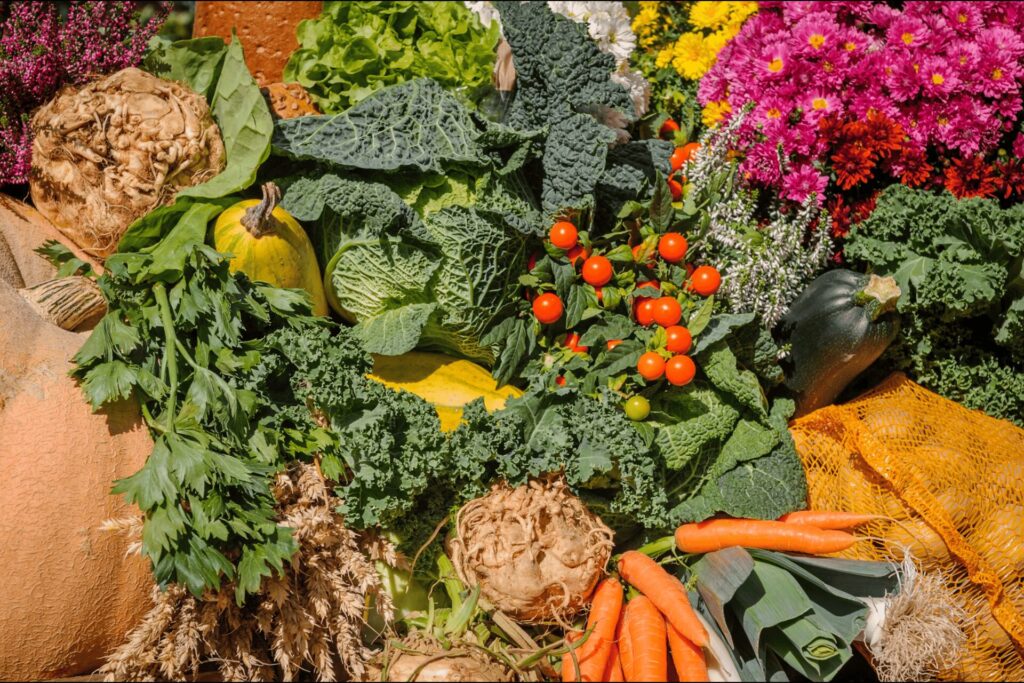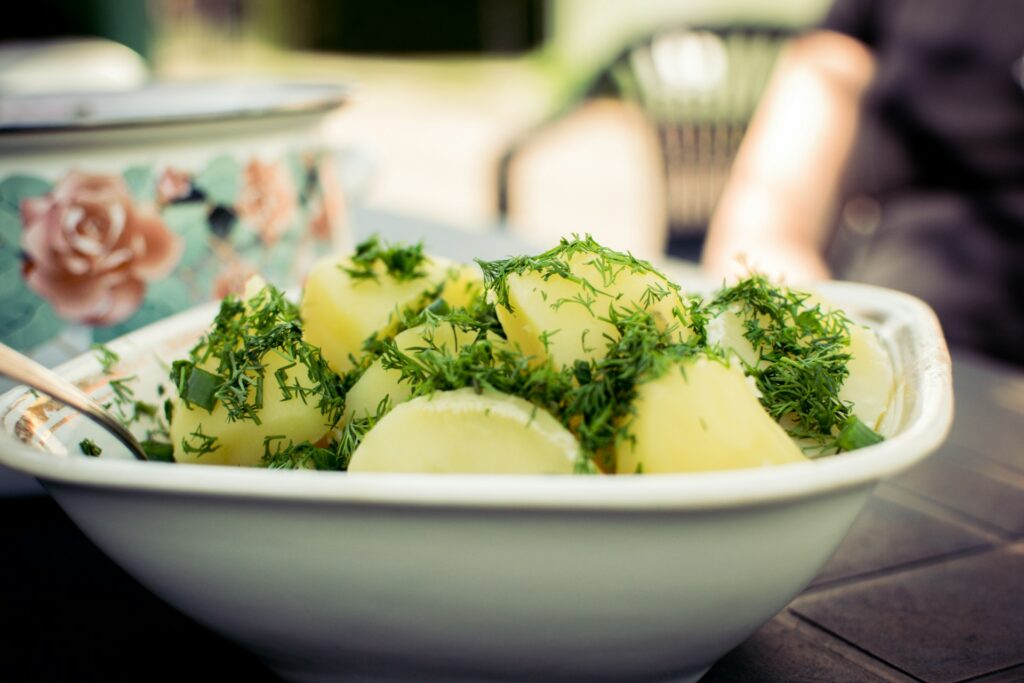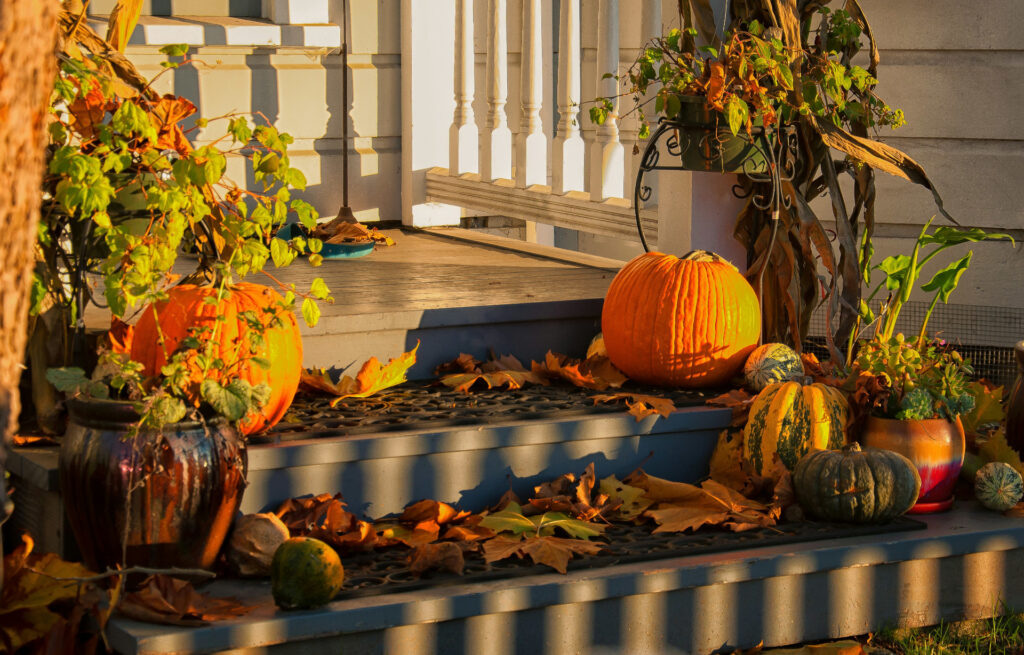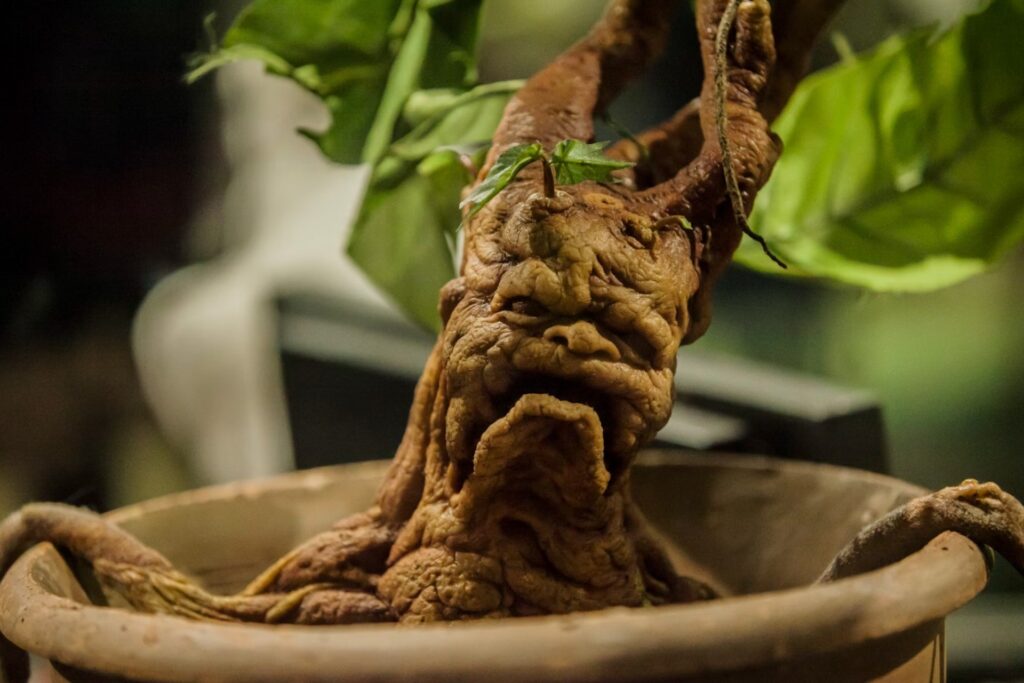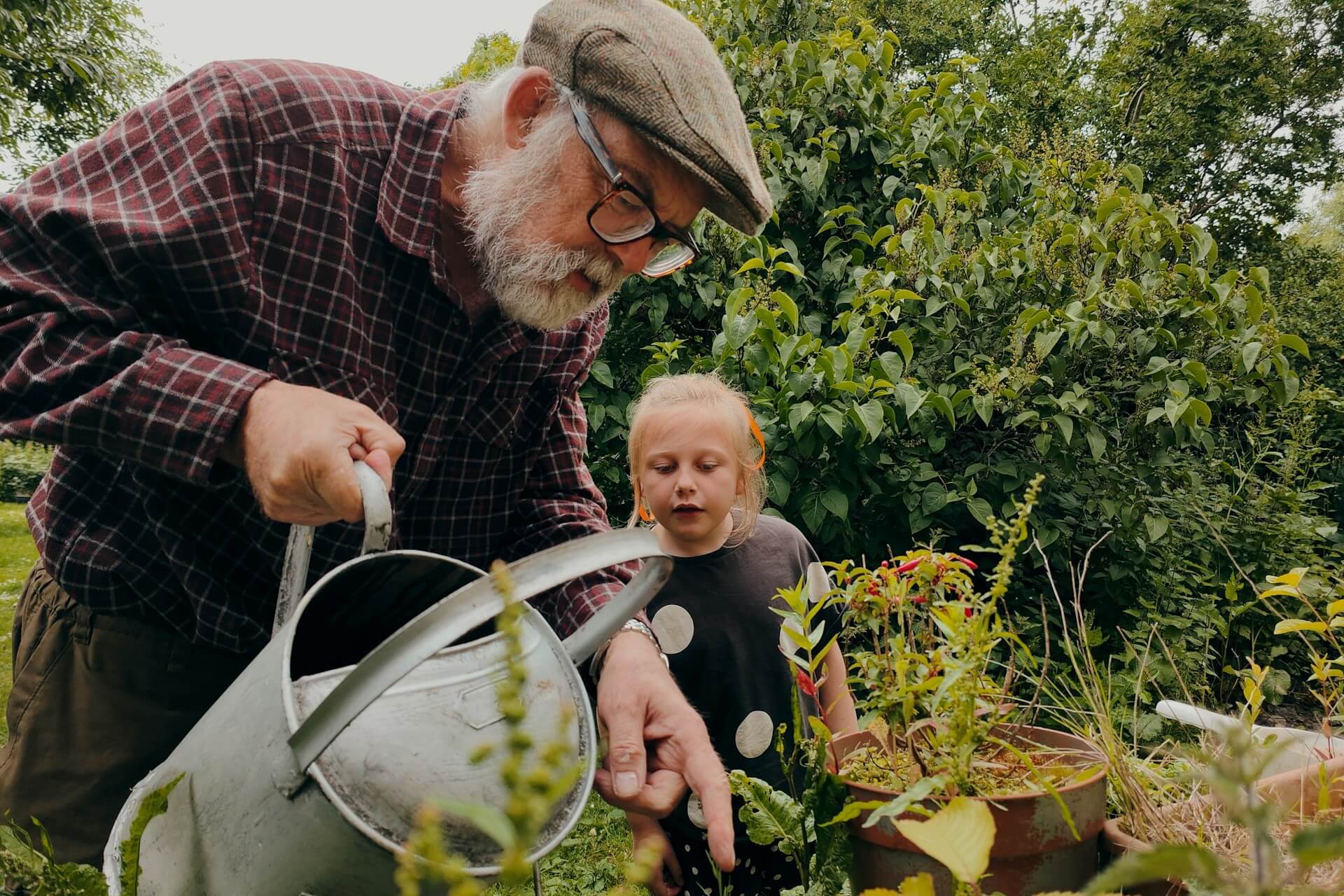
We are reader-supported. When you buy through links on our site, we may earn an affiliate commission.
Surrounding yourself with dangerous plants is a hidden risk of gardening. Although organic has been synonymous with healthy, natural doesn’t necessarily mean safe. Marcus Griswold, the founder of the Young Bug Club, explains that marigolds release pyrethrum that harms beneficial insects as effectively as vermin. Tobacco is another good example, as the nicotine sulfate from this ornamental’s leaves can produce the same effect on desirable bugs.
Introducing poisonous plants into your garden inadvertently is a costly mistake. Discover the most common deceivingly harmful crops, flowers and shrubs homeowners grow in the backyard and ways to distinguish the toxic plants for gardeners from the safe ones.
5 Dangerous Garden Plants to Avoid
According to Kew’s State of the World’s Plants and Fungi 2023 report, scientists have thoroughly studied about 350,000 vascular plant species thus far. Many could be detrimental to humans, pets, wildlife or any combination. Although it’s virtually impossible to name them all, botanists generally warn the public of these five toxic garden plants for children, adults and pets.
1. Belladonna
Also known as the deadly nightshade, this lethal plant’s sweet fruit, about as big as cherries, stems, leaves, and roots contain atropine and scopolamine, which can paralyze the eater.
Belladonna was the biological weapon the Scottish army used to incapacitate the invading Danes in Macbeth.
2. Calabar Bean
This legume produces physostigmine, an alkaloid that disrupts the communication between the nerves and muscles. Calabar bean toxicity results in excessive drooling, seizures, loss of bladder and bowel control, and the collapse of the respiratory system, causing suffocation.
Back in the day, in the part of modern-day Nigeria where it came from, the locals used the Calabar bean as an ordeal poison to determine whether someone accused of witchcraft was guilty or innocent.
3. Castor Bean
The plant that yields the home remedy castor oil is also the source of one of the deadliest naturally occurring substances — ricin. The castor bean’s unprocessed seeds produce a toxic protein that’s lethal enough in small doses.
Ricin likely killed Georgi Markov, a Bulgarian journalist and dissident, after being injected with a poison pellet in the leg using the tip of the assassin’s umbrella.
4. Lily of the Valley
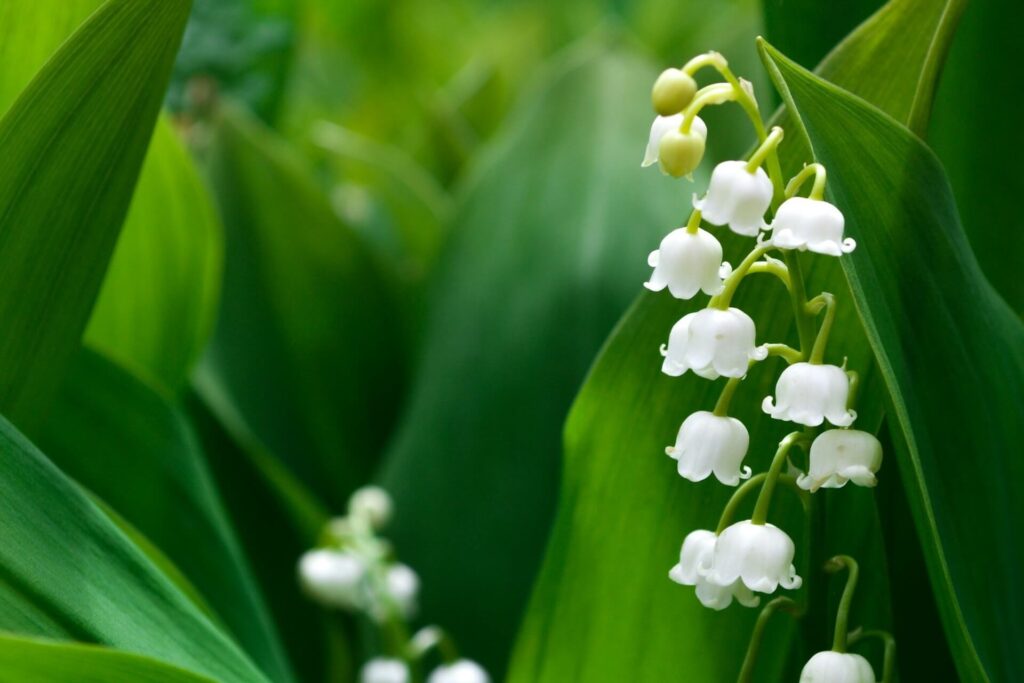
This innocent-looking perennial has charming bell-shaped flowers with cardiac glycosides — toxic compounds that can cause dizziness, rashes, vomiting and diarrhea. When left untreated, these symptoms can lead to death. Many fans of the TV show Breaking Bad would be familiar with the lily of the valley’s dark secret when the protagonist Walter White weaponized it.
While you can generally find this charming vegetation in temperate woodlands, the lily of the valley can grow wild in locations with optimal conditions. Be vigilant, as this plant can appear in your garden no matter how hard you avoid it.
5. Oleander
This evergreen shrub’s stunning flowers make it a common choice for hedges. However, any part of the oleander is deadly, as its toxins are everywhere. This nasty reputation has persisted since Ancient Rome, and Pliny the Elder described its harmful effects on livestock in “The Natural History.”
Fortunately, someone rarely dies due to oleander poisoning because the ornamental’s bitter taste discourages most from sampling it. It’s among the garden plants that are poisonous to touch, as its sap can irritate the skin. The oleander with purple flowers can magnetize pollinators, as bluish colors attract bees, but the honey they produce can make you ill.
How to Identify Poisonous Plants in Your Garden
Keeping your garden free of toxic vegetation is possible only when you know which plants to avoid. The problem is that you’d be hard–pressed to find a definitive list of dangerous garden plants.
Scientists discover an average of about 2,500 new species of plants and fungi annually and expect to find up to 100,000 more as they search for new sources of food, medicine, and other botanical solutions to the world’s pressing problems. Naming newly discovered plants is one thing — learning about their potential toxic effects on humans and animals is another.
Although it takes time to understand the properties of every individual species fully, these tips can help you spot poisonous plants in the garden and avoid bringing botanical hazards home.
Learn to Recognize Patterns
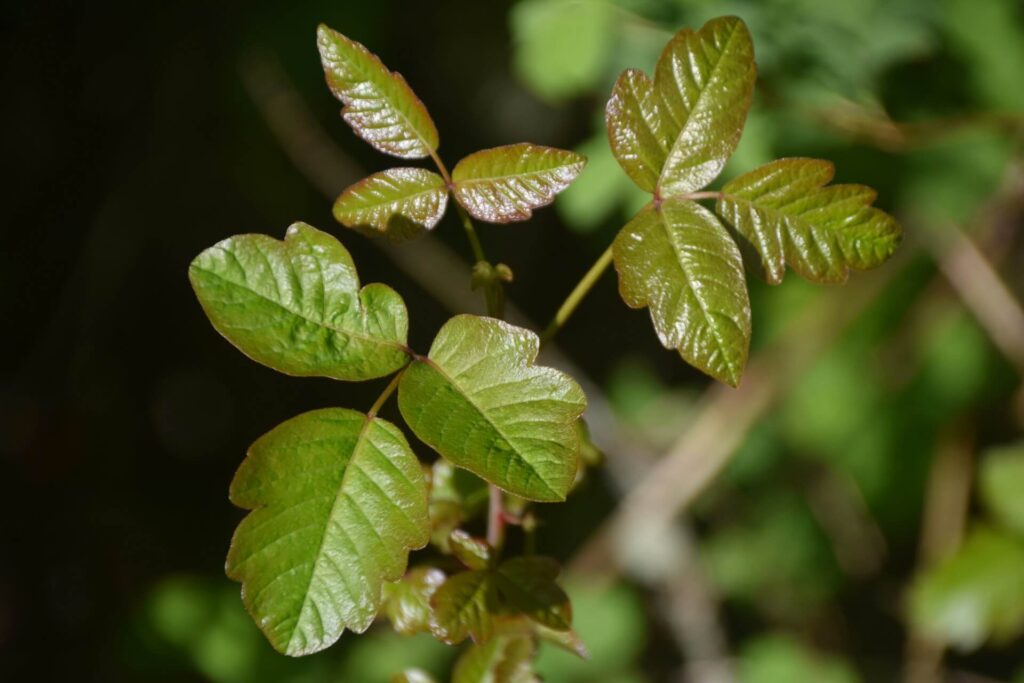
Sometimes, visual cues speak volumes about the threat a seemingly benign plant possesses. Botanical experts educate the public about identifying poison ivy with this adage — Leaves of three, let them be. It stems from the fact that this vine has three leaves on every stem, a warning sign to avoid a plant with such foliage sprawling through the grass.
Unfortunately, dangerous garden plants share no universal pattern. For example, poison oak’s leaves can have three or more leaflets. Rigidly relying on the adage can put you in harm’s way. The key is to research the characteristics of harmful plants to grow and note consistent patterns to grow your knowledge of hazardous greenery.
Join Foraging Groups
Participating in foraging communities can raise your awareness of which plants are safe to eat and which ones can be lethal. If your town has no local foraging group, interact with these passionate individuals online.
Although most amateur foragers are more knowledgeable than average people, they can get it wrong sometimes. Even a prolific adventurer like Chris McCandless paid the ultimate price when he most likely ate toxic sweet-vetch seeds in the Alaskan wilderness. Listen to foragers, but fact-check their opinions.
Collect a Botanical Encyclopedia
Specific books about the harmful plants you should never grow and touch are widely available. Their authors are often botany experts, so such reads can give you more scientific and detailed descriptions of various toxic species.
Start building your library with these titles — Elizabeth Dauncey’s “Plants That Kill: A Natural History of the World’s Most Poisonous Plants” and Julie Gomez’s “A Guide to Deadly Herbs.”
Use Google Lens
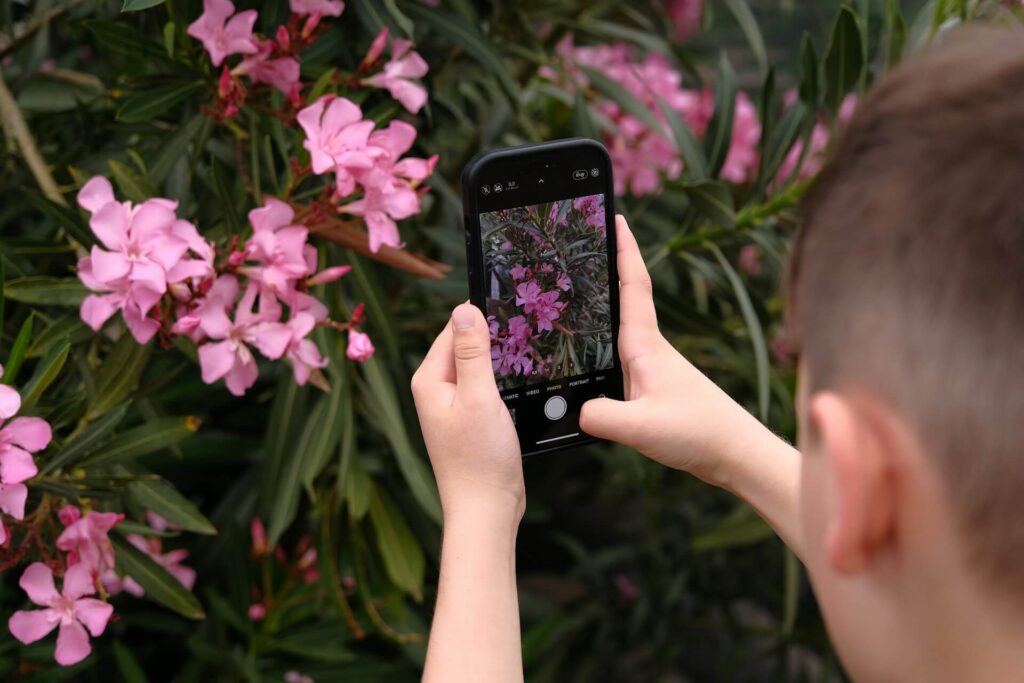
Google Lens lets you perform visual searches using photos taken or stored on your device. This tool uses image recognition technology, allowing you to scour Google’s massive image repository without knowing the photo subject’s name.
Alternatively, download plant identifier apps, which work similarly to Google Lens. These apps compare queries against extensive botanical databases, increasing your chances of verifying the poisonous plants that appear in your garden.
Watch Out for Poisonous Plants in Your Garden
Using your green thumb to grow harmful plants is counterproductive. Head to the Poison Garden in northern England to familiarize yourself with the deadliest species and learn essential skills to identify them accurately to protect yourself and your loved ones.
Frequently Asked Questions
Here are the answers to the most common questions about dangerous garden plants.
How Poisonous Plants End Up in Vegetable Gardens?
Dangerous plants find themselves in backyard gardens by colonizing the surroundings as weeds. Birds spread seeds constantly, bringing lethal vegetation to your property by chance. Homeowners may purposely buy harmful greenery to spruce up their yards without realizing the plant’s toxicity.
What Are the Most Dangerous Plants to Have in Your Garden?
The most dangerous plants you’d avoid cultivating in the garden have lethal toxins. Examples include belladonna, castor bean, lily of the valley and oleander, which can cause adverse health effects and death if ingested.
What Are the Garden Plants That Can Cause Skin Irritation?
Poison ivy, poison oak and sumac have irritant oils that affect the skin. The oleander’s sap can also cause discomfort, while stinging nettles have tiny hairs that cause itching and hives.
